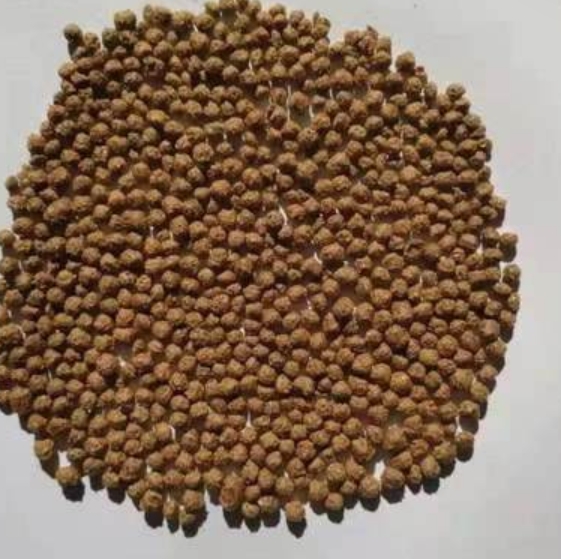How to Make High-Quality Floating Fish Feed
Floating fish feed is a popular choice for aquaculture because it allows farmers to observe fish feeding behavior and ensure that the feed is being consumed efficiently. Making high-quality floating fish feed at home or on a small scale can be both cost-effective and rewarding. Here’s a step-by-step guide to creating nutritious and buoyant fish feed.
Ingredients:
- Protein sources (such as fish meal, soybean meal, or shrimp meal)
- Carbohydrate sources (such as wheat flour, cornmeal, or rice bran)
- Fat sources (such as fish oil or vegetable oil)
- Binders (such as gelatin or starch)
- Vitamins and minerals (commercial premix or natural sources like seaweed)
- Water
Equipment:
- Mixing bowl
- Grinder or blender
- Extruder or pellet mill (for shaping the feed)
- Drying oven or dehydrator
- Storage containers
Instructions:
- Formulate the Feed:
Determine the nutritional requirements of the fish species you are feeding. Different fish have different dietary needs, so adjust the proportions of protein, carbohydrates, and fats accordingly. A typical formulation might include:
- 30-40% protein sources
- 20-30% carbohydrate sources
- 5-10% fat sources
- 1-2% vitamins and minerals
- 1-2% binders
- Grind the Ingredients:
Use a grinder or blender to finely grind the protein and carbohydrate sources. This ensures that the ingredients are well-mixed and will form a uniform feed pellet. - Mix the Ingredients:
In a large mixing bowl, combine the ground ingredients with the fat sources, binders, and vitamins/minerals. Gradually add water while mixing until the mixture reaches a dough-like consistency. The dough should be moist but not sticky. - Shape the Feed:
Use an extruder or pellet mill to shape the dough into small pellets. The size of the pellets should be appropriate for the size of the fish you are feeding. If you don’t have an extruder, you can manually shape the dough into small balls or use a pasta maker to create uniform shapes. - Dry the Feed:
Spread the pellets out on a baking sheet or drying tray. Dry them in an oven set to a low temperature (around 120-150°F or 50-65°C) or use a dehydrator. The drying process is crucial for making the feed float. Ensure the pellets are completely dry and hard before storing them. - Test the Buoyancy:
Before feeding the pellets to your fish, test their buoyancy by placing a few in water. High-quality floating feed should remain on the water surface for several minutes before slowly sinking. - Store the Feed:
Once the pellets are fully dried and tested, store them in airtight containers in a cool, dry place. Proper storage will prevent mold and maintain the nutritional quality of the feed.
Tips for Success:
- Balance Nutrition: Ensure the feed meets the dietary needs of your fish species. Consult nutritional guidelines or a fisheries expert if needed.
- Monitor Moisture: Too much moisture can prevent the feed from floating, while too little can make it crumble. Aim for the right dough consistency.
- Experiment with Ingredients: Depending on availability, you can experiment with different protein and carbohydrate sources to find the most cost-effective and nutritious combination.
- Regularly Check Quality: Periodically test the feed for buoyancy and nutritional content to ensure it remains effective for your fish.
By following these steps, you can create high-quality floating fish feed that promotes healthy growth and efficient feeding in your aquaculture setup. Homemade feed not only saves costs but also allows you to tailor the nutrition to the specific needs of your fish. Happy fish farming!
Post Views: 21









